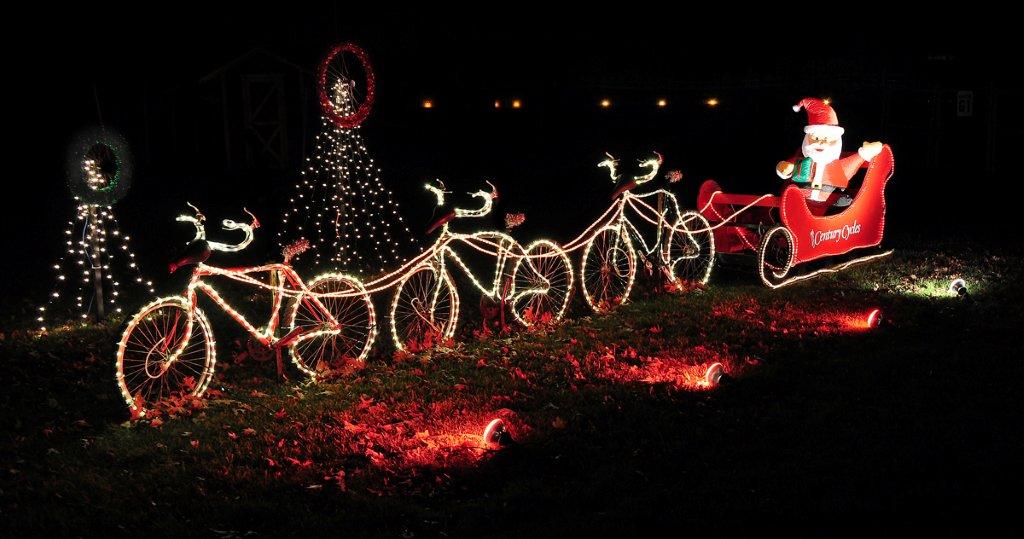The other night, I was talking to my brother. He was in his car, across the street from his in-laws' house. I heard some of the shouting and laughter (including one particularly loud cackle) from within. He said that it was a typical holiday scene and that, even after so many years of going to such gatherings, he's unaccustomed to the noise level. "I don't remember it being like that when we were growing up."
"Nor do I."
I was thinking about that exchange yesterday, as I rode. I knew that the gathering I would attend, with friends. There would be laughter and music, but I could actually have a conversation with one or two people without having to read their lips.
Before that gathering, my ride was quiet. Actually, tranquil is a more accurate word: There were a few cyclists, and a few more people walking, alone or with partners, dogs or children. I think they were all enjoying, or more precisely, losing or immersing themselves, in the calm.
Of course, the ocean itself calms me and, I imagine, most of the people I saw along the Rockaway boardwalk and the South Shore of Nassau County. Even the bright sunshine soothed my eyes, and much else, in the way the echo of the waves in my ears.
Funny that the weather reports said the wind was calm. Can a wind be calm? Or, if it's calm, is it wind? I felt a slight breeze off the ocean, but I didn't have to pedal into, or with it. And, because my ride was flat, I felt I could have pedaled all day.
Such conditions are, naturally, ideal for riding a fixed-gear bike, which is why I took Tosca, my Mercian fixie, out for the spin. I started early, so I had enough time to ride to Point Lookout and back--105 kilometers in all--before joining my friends for the holiday dinner.
They weren't nearly as loud as my brother's in-laws. And I had a few hours of the best kind of calm before our gathering.
"Nor do I."
I was thinking about that exchange yesterday, as I rode. I knew that the gathering I would attend, with friends. There would be laughter and music, but I could actually have a conversation with one or two people without having to read their lips.
Before that gathering, my ride was quiet. Actually, tranquil is a more accurate word: There were a few cyclists, and a few more people walking, alone or with partners, dogs or children. I think they were all enjoying, or more precisely, losing or immersing themselves, in the calm.
Of course, the ocean itself calms me and, I imagine, most of the people I saw along the Rockaway boardwalk and the South Shore of Nassau County. Even the bright sunshine soothed my eyes, and much else, in the way the echo of the waves in my ears.
Funny that the weather reports said the wind was calm. Can a wind be calm? Or, if it's calm, is it wind? I felt a slight breeze off the ocean, but I didn't have to pedal into, or with it. And, because my ride was flat, I felt I could have pedaled all day.
Such conditions are, naturally, ideal for riding a fixed-gear bike, which is why I took Tosca, my Mercian fixie, out for the spin. I started early, so I had enough time to ride to Point Lookout and back--105 kilometers in all--before joining my friends for the holiday dinner.
They weren't nearly as loud as my brother's in-laws. And I had a few hours of the best kind of calm before our gathering.







